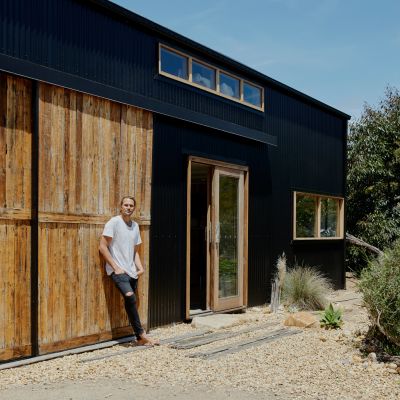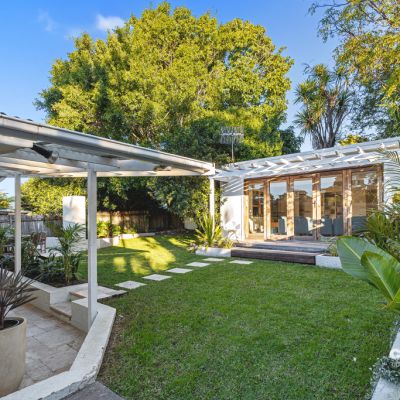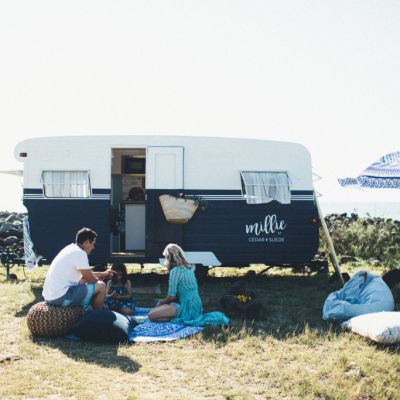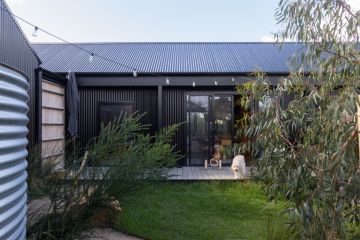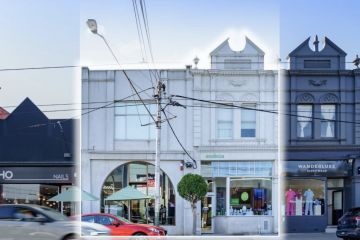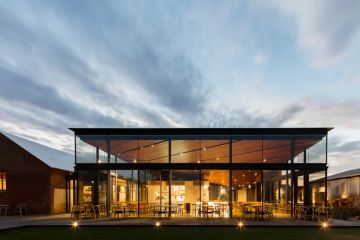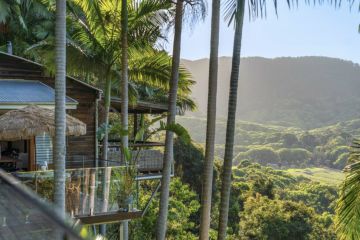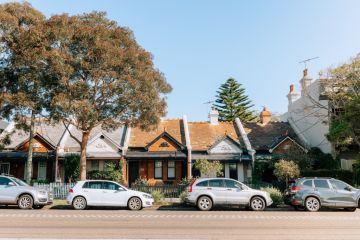Rhys Uhlich's Shed House Australia is helping Aussies build affordable shed homes for as little as $42,000
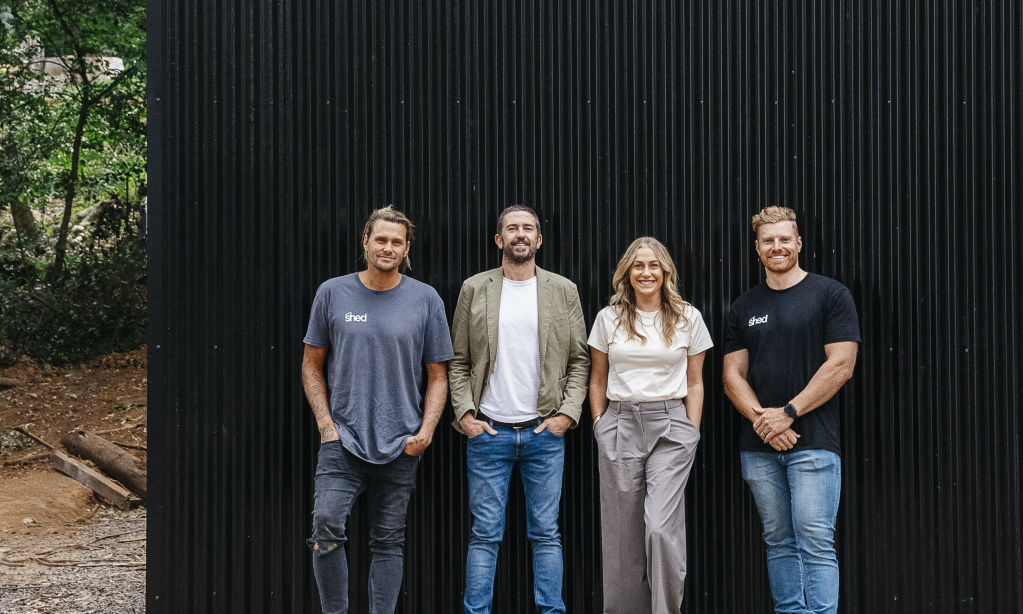
Like so many instances of ingenuity, Rhys Uhlich’s bright idea to build a shed-style house sprang from a place of personal need: he wanted to build a beautiful home for his family but was working to a tight budget.
That, and he’d always liked the sense of whimsy associated with the high ceilings, lofts and gables that you see in sheds.
“I looked at container home options, I looked at tiny home options … but they just didn’t tick all the boxes; they felt very closed in,” says Uhlich. “There’s just this playfulness and this inclusiveness that the shed frame naturally gives you.”
It turns out Uhlich isn’t the only one enamoured with the liveable shed aesthetic: in the few years since he built his family home, Uhlich has established Shed House Australia (or Shed for short).
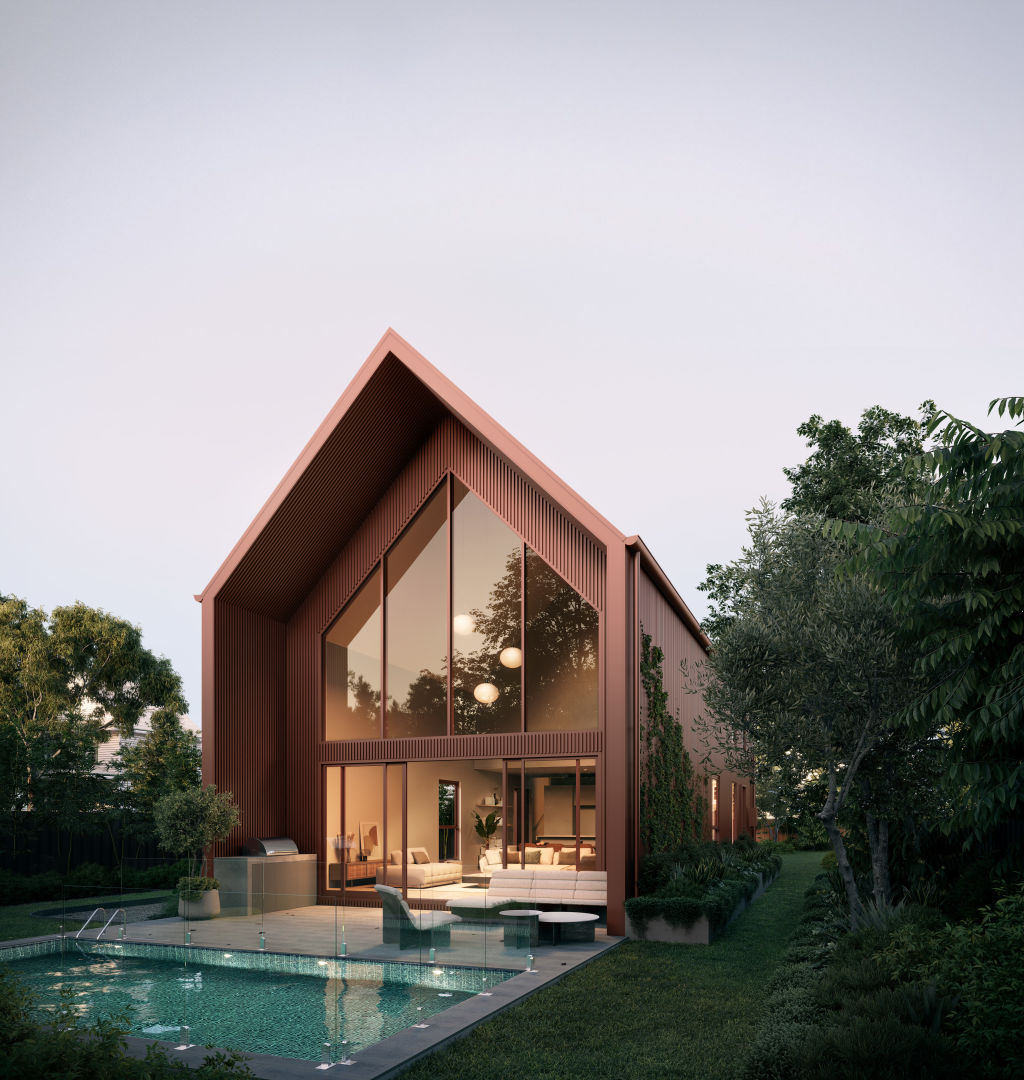
Today, the business is a team of property developers from Penfold Group, creatives from Orchestra Studio and builders from Elevate Building collaborating with specialised shed builders to construct architect-designed sheds all over the country.
“The architectural part of it was probably the missing link in that shed house space,” says Uhlich. “… I want people to walk past them on the street and second guess, ‘Is that a shed house or is that an architecturally designed multimillion dollar home?’”
Growing interest for more cost-effective homes
Shed is undertaking or overseeing 100 builds in the next 12 months, and their client list includes Hollywood celebrities and football players.
While Shed is partly about elevating the shed form, Uhlich says offering an alternative housing option is his priority.
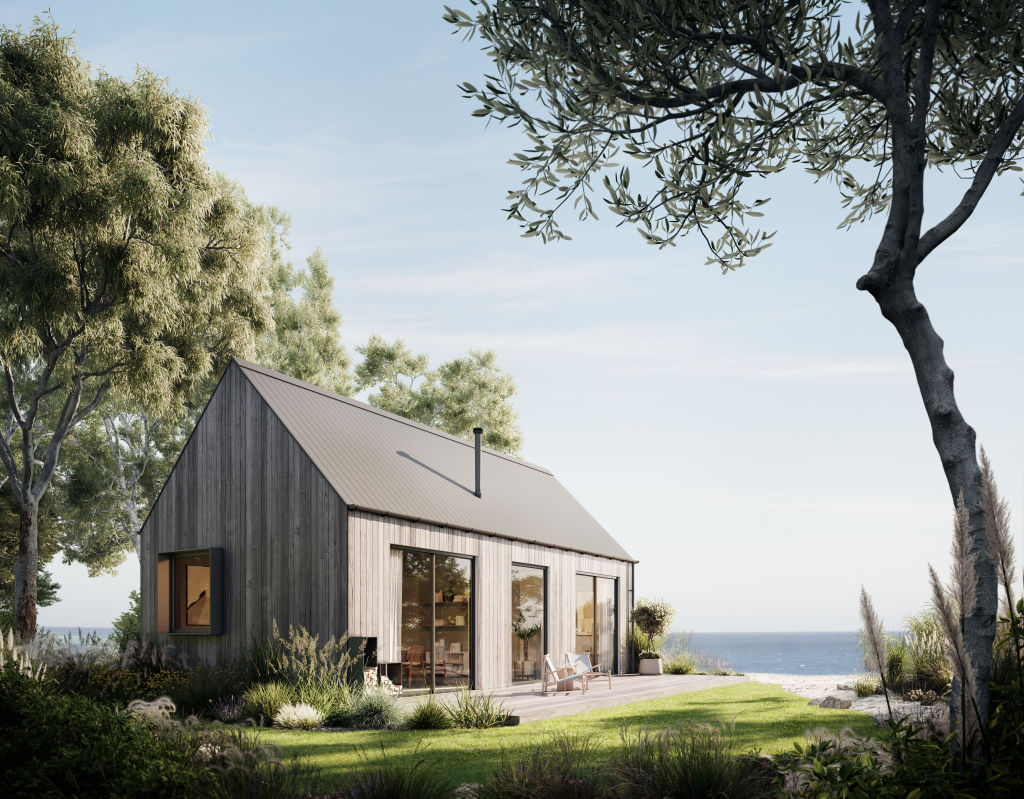
“The main goal here is to make affordable, beautiful housing and come to a market when I think there’s a time of need to have a different approach.”
This approach involves using a bespoke shed framing system, enabling Sheds to construct high-quality homes faster and on a smaller budget than traditional buildings. This means these projects are generally unaffected by labour and material shortages, making the building process more streamlined.
“We only design our buildings using shed materials, so it’s stuff we know is already engineered, already made, already sitting on the shelves waiting for sheds to be built Australia-wide,” explains Uhlich.
“So, we’re leaning on Bluescope and Colorbond, and these guys will continue to build sheds no matter what. We know the material is available, we know the price of it, and we know it can be delivered Australia-wide.”
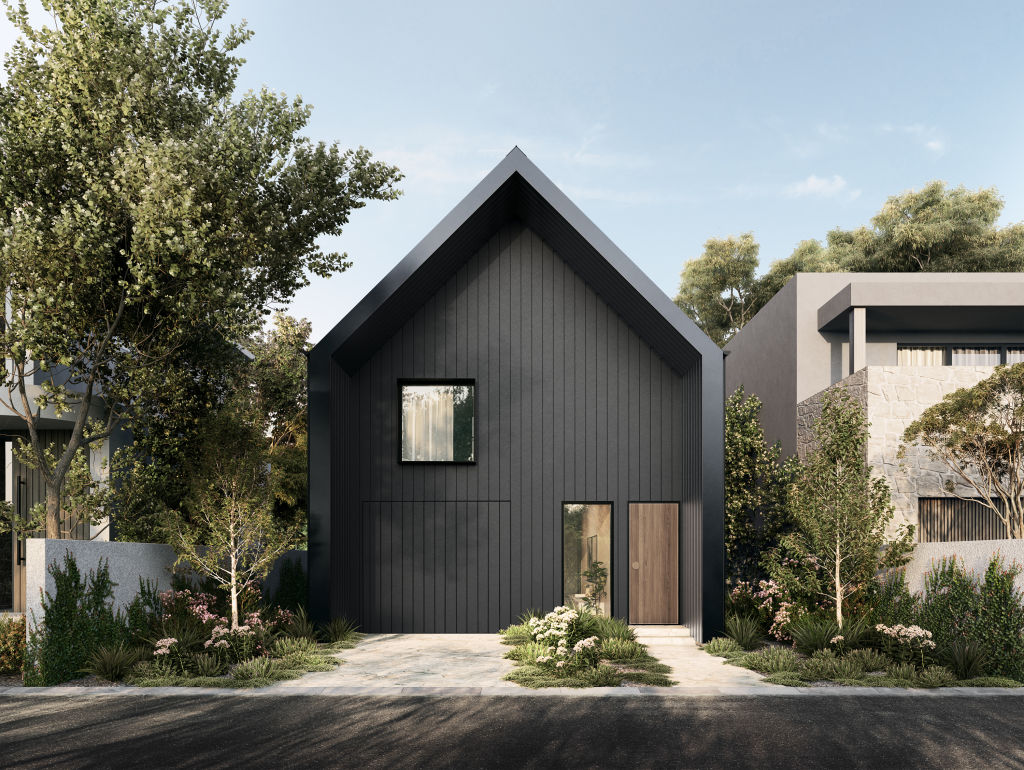
There is also minimal wastage involved.
“Everything comes pre-cut, pre-punched and there’s very little wastage on site because it’s like a Meccano set that’s delivered,” says Uhlich. “… We engineer and order it so it’s actually delivered exactly as [the client has] designed it, with little or no wastage.” Plus, cold-formed steel can be re-melted and re-formed down the track.
Habitable and non-habitable shed house options
The Australian business delivers habitable” dwellings like Uhlich’s home and “non-habitable” spaces – think creative offices, garages, and yoga studios.
“We’re getting a lot of clients in the Northern Rivers wanting healing centres and healing spaces,” says Uhlich. “[And] we’re building for a lot of clay artists and painters.”
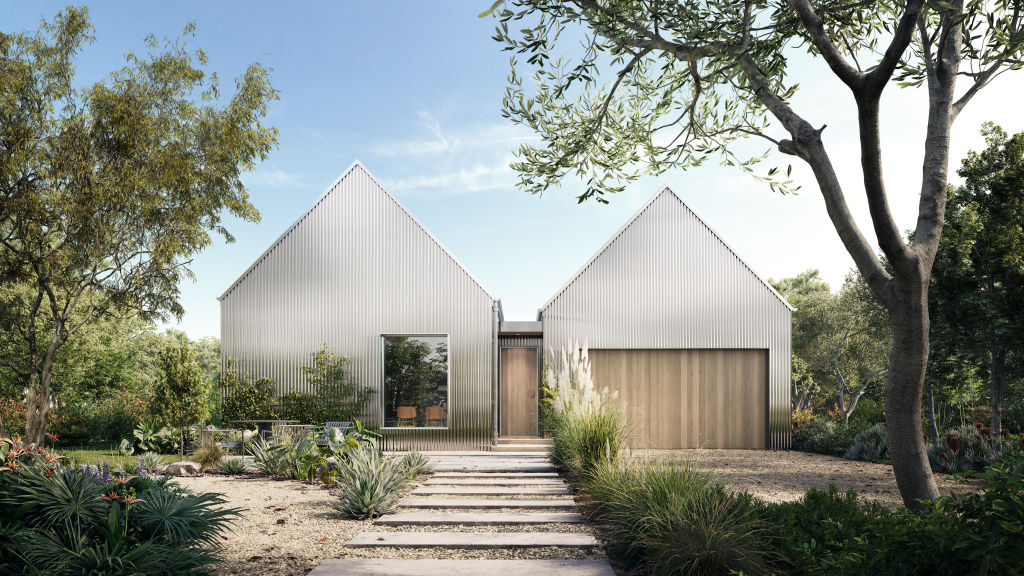
These “habitable” and “non-habitable” structures can look very similar and work cohesively on the same property, but the difference is that habitable buildings comply with Class 1 house standards, which involve factors such as energy ratings, ventilation, and wet areas.
A kit home for as little as $42,000
Shed’s smallest habitable home, Peggy, can be purchased from $42,000 as a kit home, from $95,000 as a lock-up or from $165,000 as a turnkey home. Their smallest non-habitable building, The Den, starts at $9500.
Uhlich says shed house kits are for “those that are really creatively inclined and want to do their own fitouts”. In this case, owner-builders would receive the kit and contact a local shed builder to help complete the job and internal custom design.
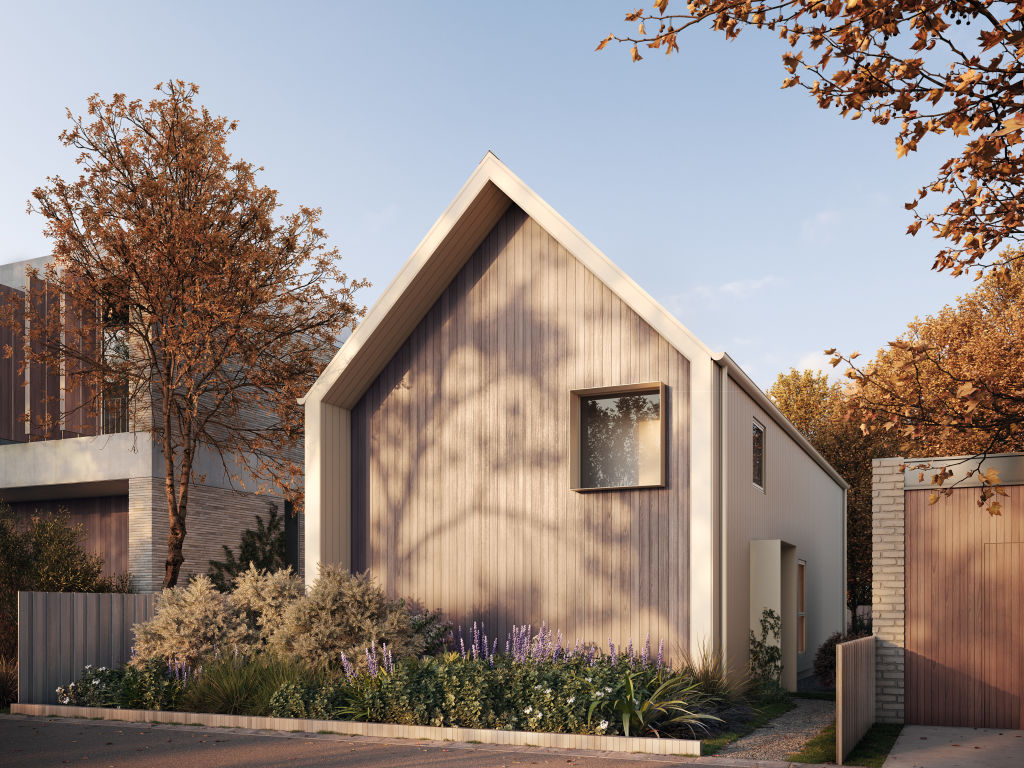
“We’re encouraging adults to play and take creative freedom in their own home build,” he says.
In Victoria, where a recent State government ruling allows small second homes (such as granny flats) under 60 square metres in floor space and under five metres in height to be built without a planning permit, Shed’s smaller dwellings are proving especially popular. Because of their 40-degree pitch roofs, Shed’s design can offer an additional 30 square metres of upstairs loft floor space to a 60-square-metre structure. This upstairs space is classed as “non-habitable” but can act as a home office or chillout zone.
Aside from cost-effectiveness, Uhlich sees Shed’s main drawcard as its ability to reimagine how homes look and feel.
“… How [people] build their house is one of the biggest decisions they make in their life and there’s something about the shed that symbolises – not a rebellion from [conventional building] – but a creative freedom from it,” he says.
We recommend
We thought you might like
States
Capital Cities
Capital Cities - Rentals
Popular Areas
Allhomes
More
